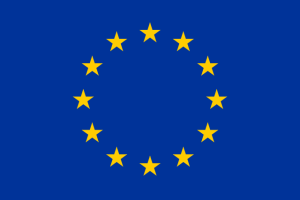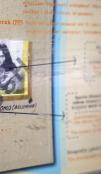Preserving Albania’s cinematic heritage, from archive shelves to cinema halls
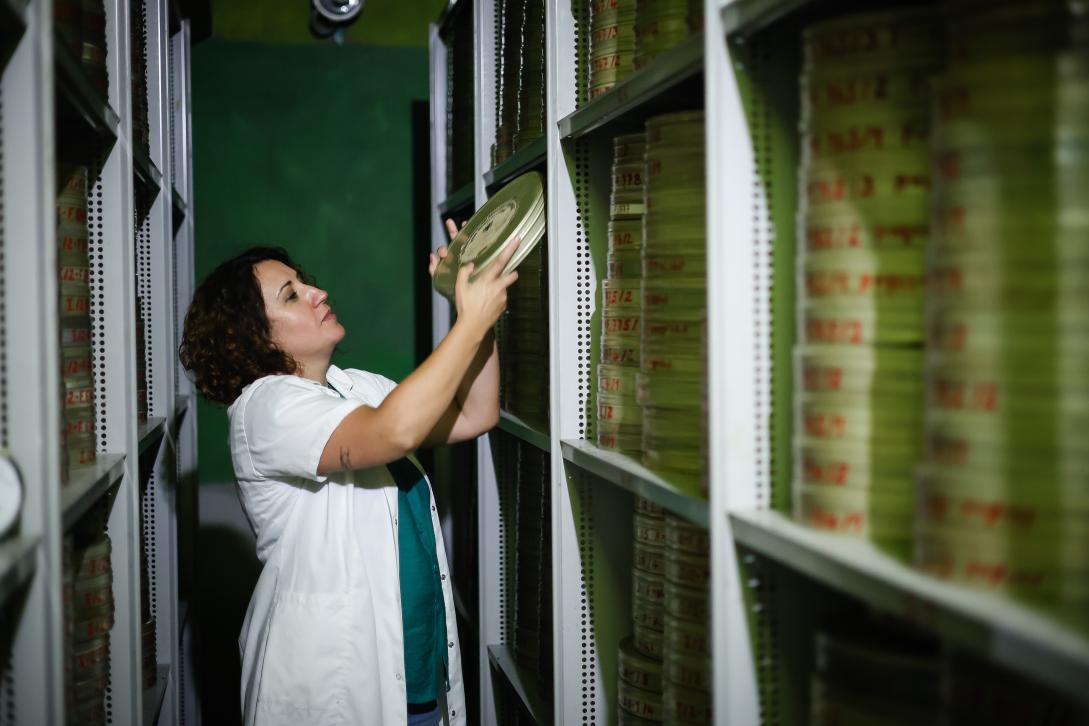
A new Moviola device, installed in one of the spaces of the National Film Archive in Albania, can now detect any damage or error, and observe the chemicals, film tension, resistance, and physical condition in a routine check for each of the 40,000 acts of 35mm film — over 11 million metres of footage preserved in metallic reels. Once placed in the control device, it highlights and records errors, increasing the specialist’s attention by revealing defects and anomalies, and guiding them to the damaged frame, first by slowing down the rotation process.
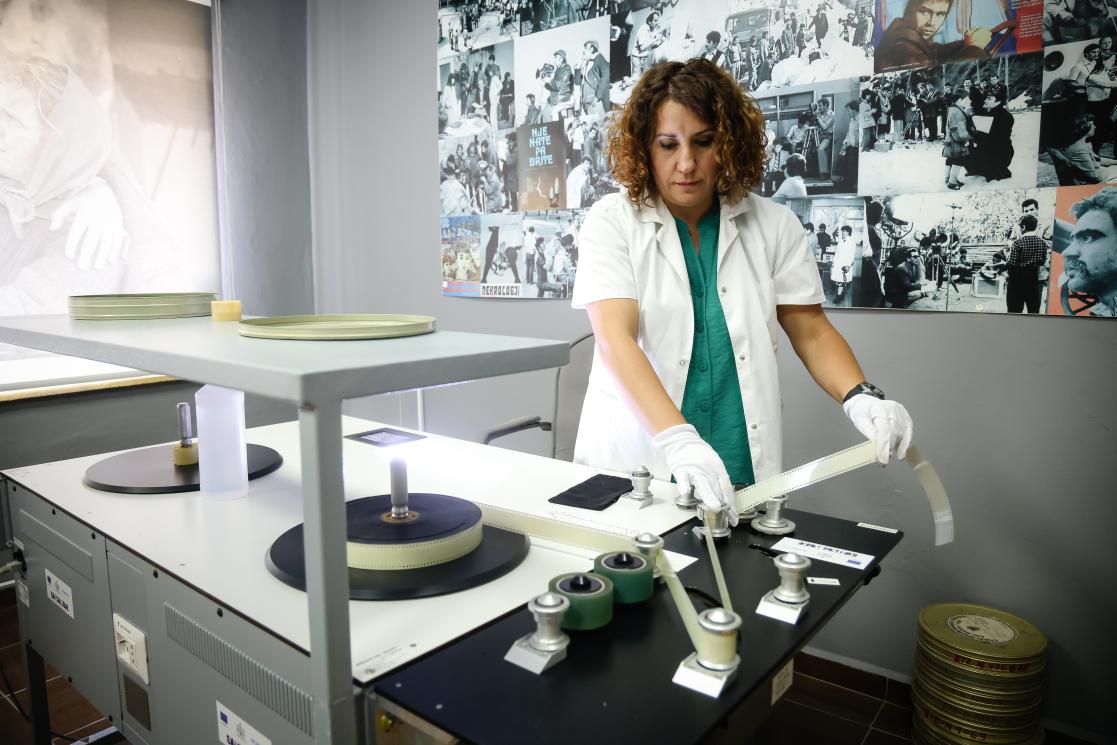
EU Delegation to Albania
Wearing a pair of white gloves made from cotton and synthetic material, Hermelina Troqe, a chemical engineer and specialist in the maintenance and restoration of 35mm film, oversees the inspection process after moistening her gloves with alcohol. “Alcohol softens the pressure on the film, and the gloves must be made of a material that doesn’t create electrostatic forces,” she explains, demonstrating the working procedure. This is one of the key steps before restoring, scanning, and digitising the films.
“Through this process, we clean, check, and measure the acidity because if acidity is high, it alters the colour tonality. In a way, Moviola can tell us if a film is ‘sick’; if resistance is low and the chemicals have damaged the cellulose, the film then becomes a priority for scanning and restoration. This device helps detect issues that couldn’t be identified before, reducing errors made by the human eye,” says Troqe.
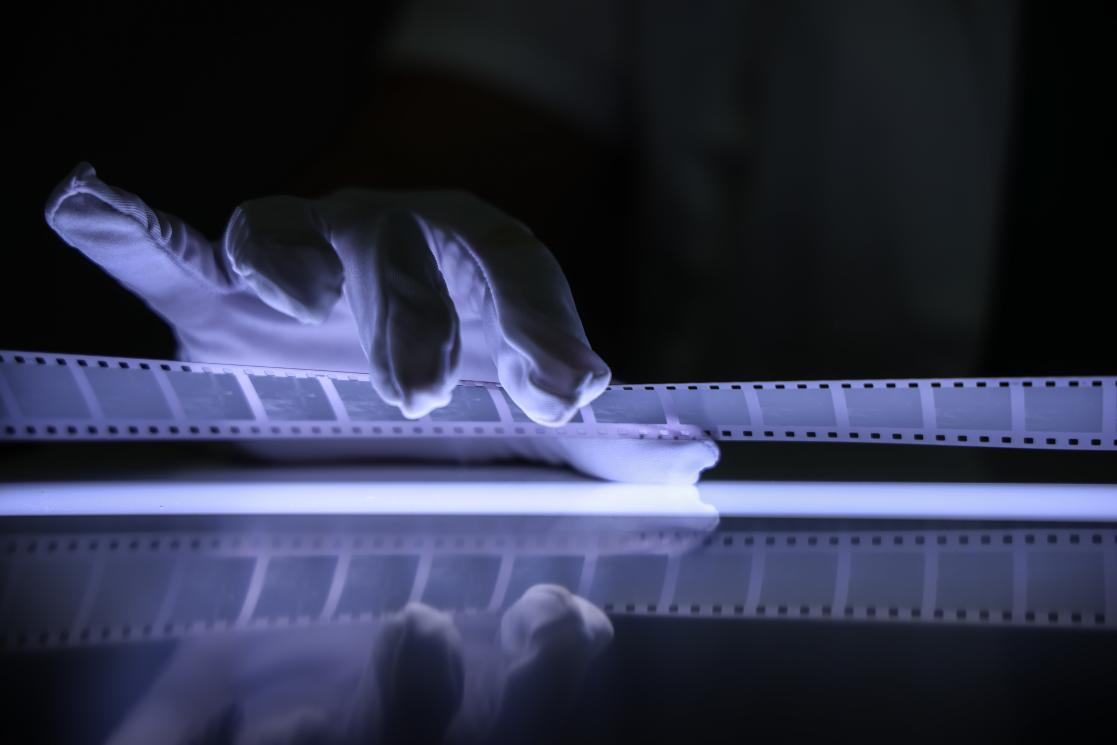
EU Delegation to Albania
The Moviola was secured thanks to the EU4Culture programme. The intervention in the National Film Archive focused on upgrading the restoration and digitization equipment which are essential for preserving Albania’s cinematic heritage. The implementation of the new cutting-edge technology has significantly enhanced the efficiency and accuracy of the film conservation process, reducing the risk of physical damage of the materials and ensuring long-term accessibility for the public.
Previously, this checking process was carried out using telecine equipment, which provided lower image quality. After the inspection procedure and ensuring their maintenance, the films are transferred to another space where other equipment is used for scanning and storage. An image from the film Bloody Land can be seen on the monitor, while the new Blackmagic Cintel rotating scanner scans the 1976 black-and-white film in real time at 24 frames per second. Beside it, storage devices record the film in high-resolution 4K format.
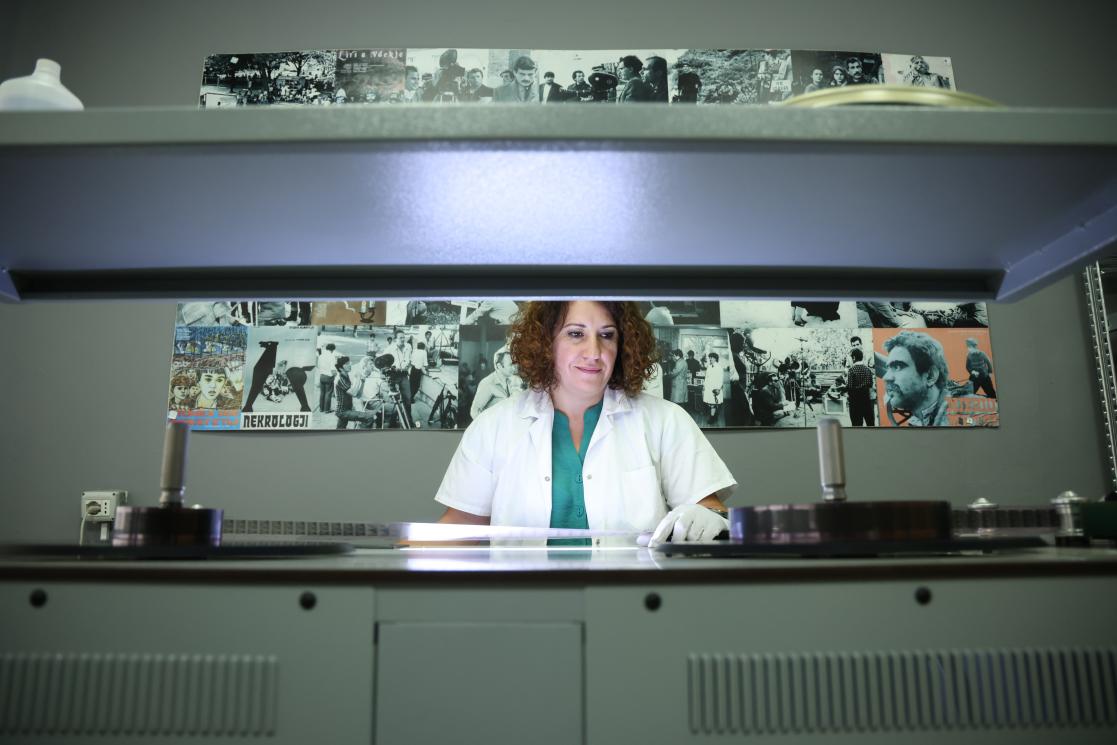
EU Delegation to Albania
“Once a film is scanned, basic colour correction is applied, and it is converted into MXF format. We then produce three copies — a high-quality one, an MP4 version for computer use, and an MP4 copy with a watermark and time codes for researchers. Alongside the scanner and computer, other valuable devices provided by EU4Culture include 180-terabyte hard drives. We’ve also received LTO tapes, a magnetic tape data storage technology. Each scanned film is transferred to two LTO tape copies, following international archiving standards: one kept here and the other sent to the General Directorate of Archives — ensuring that, in case of a disaster, we don’t lose them,” explains Erand Muca, audiovisual specialist.

EU Delegation to Albania
With more than 100 LTO tapes donated, the archive currently uses 16 tapes per year, securing data storage for approximately the next seven to eight years. Another computer is used for film restoration. On its screen appears an image of Ndriçim Xhepa in a damaged frame from the film Morning Phone.
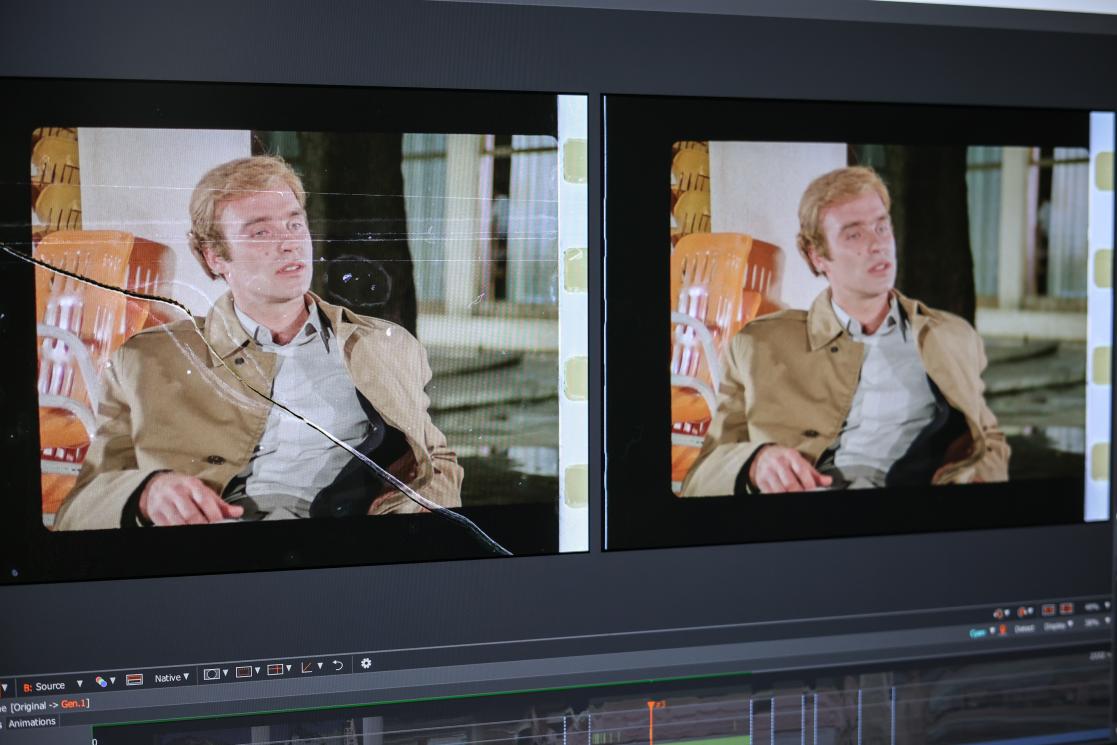
EU Delegation to Albania
This new cutting-edge technology has significantly enhanced the efficiency and accuracy of the film conservation process, reducing the risk of physical damage to materials and ensuring long-term public access.
“Through EU4Culture, we received the Moviola device, the scanner, hard drives, and the LTO tapes — all part of a chain. The first step is checking the analogue film, the second is using hard drives or temporary servers for processing, and the third is storing them on LTO tapes after scanning. These are the links of a chain that secures our film archive heritage,” adds Troqe.
The cinema within the Film Archive illustrates how all these processes preserve and enhance the quality of films, documenting the country’s 20th-century history through moving images. Films like The Captain, The Gramophone General, and The Return of the Dead Army have all passed through this equipment, while the archive repository currently holds an estimated 320 feature films, 220 animated films, 1,200 documentaries, and 2,000 foreign films. The collection reaches further back in time, with rare footage dating from the 1920s, making it the sole custodian of Albania’s film heritage.
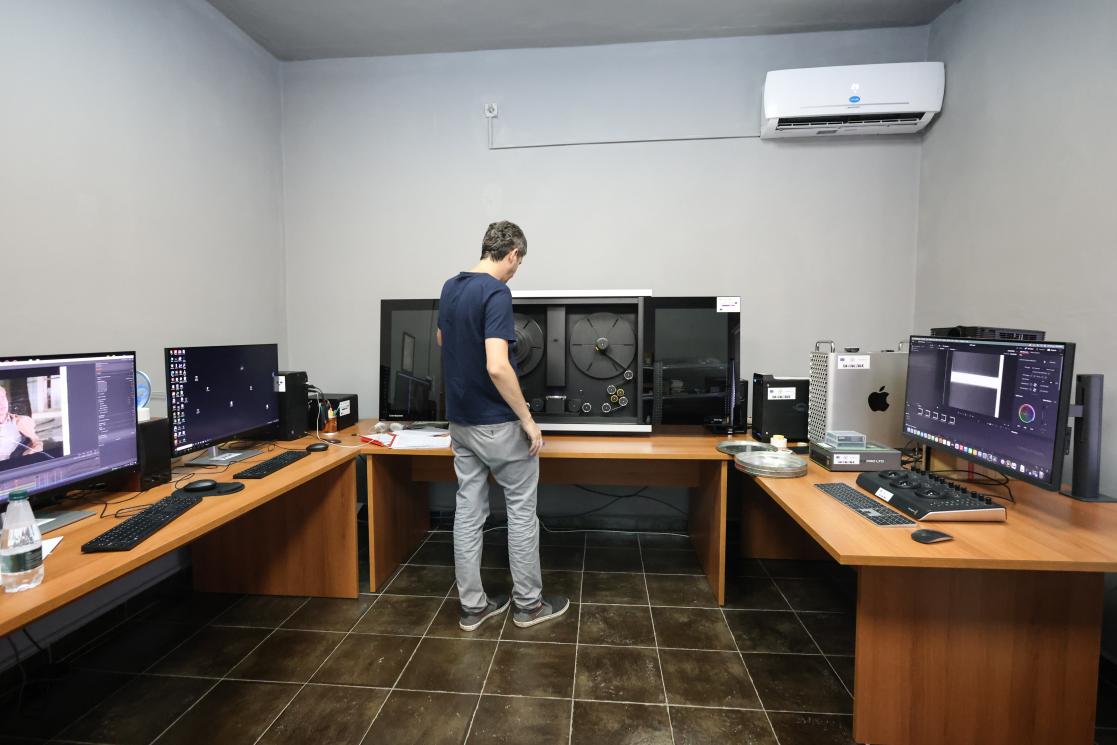
EU Delegation to Albania
In addition to the state-of-the-art equipment, this intervention also restored the former Kinostudio building, preserving its classical architectural elements — the very site where Albania’s cinematic identity was shaped and nurtured.
Background Information
The EU4Culture programme is funded by the European Union (EU) and implemented by the United Nations Office for Project Services (UNOPS) in close partnership with the Ministry of Economy, Culture and Innovation. It focuses on the renovation and revitalisation of major cultural heritage sites damaged by the earthquake and represents one of the largest cultural heritage programmes funded by the EU, with a total budget of €40 million. The programme also supports local entrepreneurship, artisanship, and cultural initiatives linked to selected sites through the allocation of grants — providing a direct boost to the local economy.
